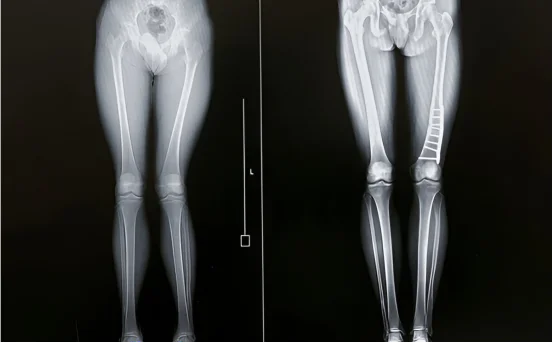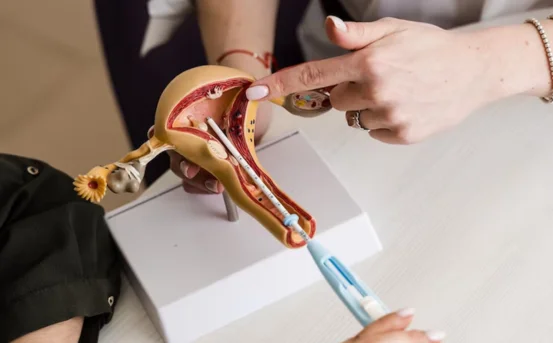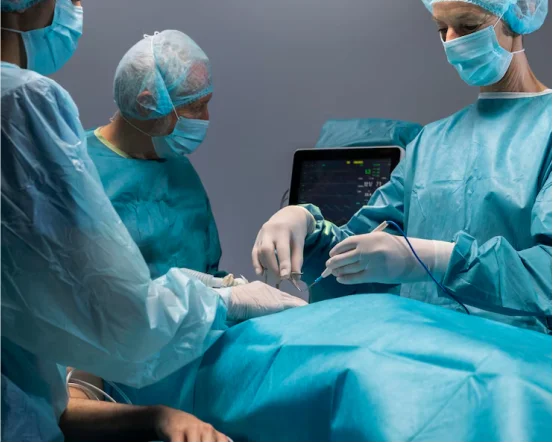Osteotomy surgery is a type of orthopedic surgery which cuts and shapes bones in order to fix them and will align to ease pain or improve function, mainly on the knee, hip or spine joints. But how do you know when this kind of surgery is necessary? Understanding the symptoms that lead to surgery is paramount for proper treatment.
What Is Osteotomy Surgery?
Understanding of symptoms for osteotomy surgery
Before going into detail about symptoms it is best to discuss what osteotomy surgery is. The word osteotomy comes from osteon, meaning bone and tomia, cutting. It is the surgical process of a bone being cut and repositioned in order to:
- Reduce the pressure on joints.
- Relieve muscle and tendon tension.
- Improve alignment of limbs.
- Slow down degenerative processes in the joints.
- Postpone or completely avoid replacement surgery.
Some of the procedures that osteotomy are performed on include knee osteoarthritis, hip dysplasia, bunions, and spinal deformities.
Common Conditions That May Require Osteotomy Surgery
Several orthopedic conditions may require osteotomy surgery. These include:
- Knee osteoarthritis (especially medial compartment)
- Hip dysplasia
- Bunions (hallux valgus)
- Spinal deformities (like scoliosis)
- Congenital deformities
- Post-traumatic bone misalignment
The conditions above usually have well-known signs and symptoms that suggest an operating procedure is necessary.
Key Signs Suggesting the Need for Osteotomy Surgery
- Chronic Joint Pain
Knee or hip joint pain is one of the earliest and most common issues. If you experience pain that:
- Gets worse with any sort of physical activity
- Improves somewhat during rest
- Prevents you from walking or using stairs
Then, it is possible that your joint is either misaligned or degenerative, and osteotomy could help.
- Stiffness of the Joint and Reduced Range of Motion
Because of particular activities or lack of movement, you might feel stiffness of the joint which can feel worse after sleep or staying still for too long. This can impact your ability to:
- Straighten your knee
- Rotate your hip
- Flex your toes (if bunions are present)
Joint stiffening is a warning sign that something mechanically wrong is happening, and more often than not these issues can be resolved with osteotomy surgery.
- Noticeable Limb Deformity or Misalignment
Some patients notice changes in the shape, or angle in which their limb is positioned. You may have:
- Bow-legged (varus) or knock-kneed (valgus) appearance in the legs
- An abnormal gait or walking pattern
- Uneven leg lengths
These conditions can lead to unequal distribution of weight on certain parts of a joint accelerating the wearing down of cartilage. Osteotomy surgery assists in appropriately redistributing the load and correcting limb alignment.
- Localized Swelling and Inflammation
Swelling or puffiness around a specific joint especially after some exercise is a sign of irritation within the joint. This may also present as:
- Fluid buildup
- Mild or intense soreness
- Warmth or redness over the area
- Mild to severe discomfort
These symptoms are most common with advancing age, and in osteoarthritis, and may indicate an underlying condition requiring surgical intervention.
- Reduction in the Level of Activity or Function Disablement
If you are:
- Finding it difficult to engage in routine exercises because of pain
- Struggling to partake in leisurely activities such as walking, hiking, and even some sports
- Finding yourself reaching for pain-killers constantly
Instead of trying to treat everyone with a full joint replacement, osteotomy surgery is a great choice for active younger patients who would like to continue using their joints.
- Limping or Difficulty Walking
A limp or uneven stride may be caused by some degree of joint misalignment. In some cases, an osteotomy, which improves mobility by redistributing forces across the joint, may alleviate the problem.
- Focal Pain around the Joint Complex
Pain in the middle or front of the knee or hip joint region tends to be more common occurs where there is uneven distribution of load along the joint surface. An osteotomy can aid in alleviating the mechanically overloaded area and optimize the longevity of the joint.
Diagnosis: In What Circumstances Would You Consult A Specialist?
If experiencing any combination of symptoms for over a few weeks, and you’re noticing a decline in your quality of life, an appointment with an orthopedic physician is warranted. The assessment usually includes:
Review of the medical history along with symptom presentation
Physical evaluation
- Radiographs or CT imaging for bone contour assessment
- MRI for evaluation of cartilage and surrounding soft tissues pathology
Based on the findings, the physician will decide whether conservative management such as physical therapy, injections, or bracing, would be appropriate, or if surgical intervention osteotomy is indicated.
Who Can Undergo Osteotomy Surgery?
This procedure isn’t suited for everybody. The most ideal candidates are:
- People under the age of 60 (older patients may qualify too)
- Those with some arthritis in just one region of a particular joint
- Active patients looking to postpone joint replacement surgery
- Individuals with good bone health and are a normal weight or healthier
Other Treatment Options Before Considering Osteotomy
Before surgery, there are non-surgical methods doctors recommend, such as:
- Physiotherapy
- Anti-inflammatory medications
- Cortisone or hyaluronic acid injections
- Braces and orthotic supports
- Weight control with exercises
If none of these methods ease symptoms, then osteotomy can be performed as a valuable alternative that often preserves the joint.
Recovery and Results After Surgery
Recovery after an osteotomy can be 3-6 months, which varies based on the joint and procedure, as well as the following key milestones:
- Use of crutches or walker for several weeks
- Physical therapy aimed at restoring strength and motion
- Gradual reintroduction of daily routines and sports activities
- Particularly when patients are carefully chosen, osteotomy surgery has a high success rate. In a lot of cases, it can postpone joint replacement by 10-15 years.
Conclusion
Osteotomy surgery is one of the most effective treatment options in orthopedics for patients with joint pain, stiffness, or deformity caused by misalignment or localized arthritis. If you’re seeing:
- Long-lasting pain
- Deformed joints
- Problems with walking
- Reduced movement
Monitoring and diagnosing pragmatic concerns early on can greatly enhance the chances of preserving your joints as well as your active lifestyle. So, speak with an orthopedic specialist right now to find out if osteotomy surgery is suitable for you.























